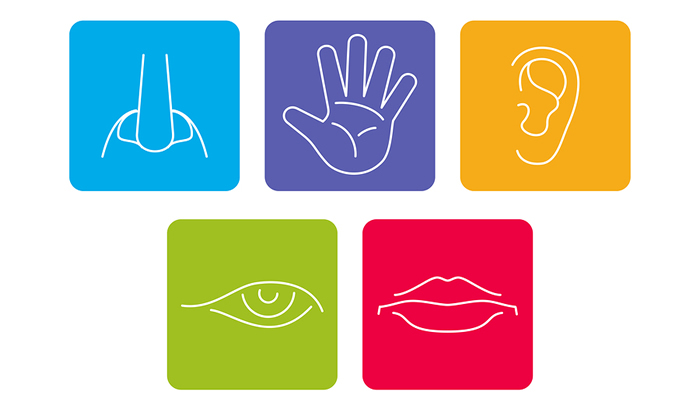Stress is a highly personal thing. The situation that has your heart racing and your mind in overwhelm doesn’t produce the same effect on everyone. Other people’s stresses and difficulties might sometimes look trivial to you.
You may already know stress is primarily a physical response. When stressed, the body thinks it is under attack and switches to 'fight or flight' mode, releasing a complex mix of hormones and chemicals such as adrenaline, cortisol and norepinephrine to prepare the body for physical action
In the modern world, this can become a big problem because the causes of stress don’t always require physical action and so the adrenaline, cortisol and norepinephrine accumulate in the body, making you feel more and more uncomfortable.
So what causes the stress? In many situations it’s the perceived threat to our well-being. According to David Rock’s SCARF model, any threat to
- Status
- Certainty
- Autonomy
- Relatedness
- Fairness
will cause the body to respond. For example if your job is placed ‘at risk’ and there’s a danger you might be out of work soon that hits at least four of the five areas and can create intense stress. But that’s perceived threat.
The other major source of stress is actual harm to our wellbeing. And this is where the link to sensory preferences can be observed.
If you’ve studied even a small amount of NLP, you’ll have come across the notion of Representational Systems that correspond to our major senses. It’s been noted that most people have unconscious preferences for the use of one or more Rep Systems over the others and these preferences influence everyday behaviour.
If you have a strong Visual preference then how things look will matter to you. A high Auditory preference means you care about how things sound. If how you feel is more important to you, that indicates a mainly Kinaesthetic preference. This suggests you take in more information via your preferred sense and are more aware of experiences received in that way.
Which means that loud or harsh background noise can be stressful for someone with a high auditory preference – especially if they cannot control it (loss of Autonomy).
Untidy or dirty surroundings can be highly stressful for someone with a Visual preference. They’re not being rude when they straighten up the picture on your wall, they just can’t bear to look at it askew! Bright or clashing colours can be equally stressful for someone with this preference.
For someone with a Kinaesthetic preference, being too warm or cold can spark a stress response. An uncomfortable chair can be as distressing as an uncomfortable atmosphere. And again, the experience can be multiplied by the perceived threat of not being able to control the environment.
This suggests that in order to create a place in which to relax, it can be helpful to know your own preferences and to manage those aspects of the environment carefully. In this way, we can protect ourselves from at least one source of stress.





